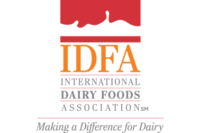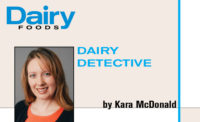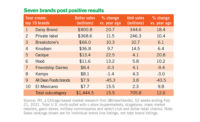Dairy alternatives are on the rise as consumers are increasingly going dairy-free, particularly when it comes to fluid milk used on things such as cereal or in coffees. More recently, biotechnology has entered the arena, brewing milk proteins through biofermentation, according to Utrecht, Netherlands-based Rabobank.
The time is right for the dairy sector to reflect on the success of alternative dairy products and to consider applying those lessons to dairy, Rabobank noted in its recent RaboResearch dairy report, “Dare not to dairy — What the rise of dairy-free means for dairy … and how the industry can respond.”
Dairy alternatives have competed in the dairy space for decades, but competition has intensified as dairy alternatives have broadened in type, style and category. Global retail sales growth for dairy alternatives has soared at a rate of 8% annually over the last 10 years. With retail sales valued at $15.6 billion (U.S. dollars), dairy-free “milk” represented 12% of total fluid milk and alternative sales globally in 2017, Rabobank said, citing research from London-based Euromonitor International.
Nutrition, price and flavor tend to favor dairy, but changing consumer perceptions around health, lifestyle choices, curiosity and perceived sustainability are increasingly drawing more people to select “dairy-free” products, Rabobank said.
“Global demand for dairy is expected to grow by 2.5% for years to come, with demand for non-fluid categories offsetting weak fluid milk sales,” said Tom Bailey, RaboResearch senior analyst – dairy. “While it’s not essential to diversify into dairy alternatives, it would be wise for the dairy industry to at least learn one thing from the success of dairy alternatives, which may be putting the consumer first and trading in the old grass-to-glass model for glass-to-grass.”
The challenge for dairy lies mostly in fluid milk, where retail sales in Western Europe ($18.6 billion) and the United States ($12.5 billion) declined at an annual rate of 5% and 3%, respectively, in the five years to 2017, Rabobank said, citing Euromonitor data.
The results over the last five years have favored dairy players that have invested in milk alternatives across the supply chain — from planting almond trees to buying brands. The investments in dairy alternatives have shown returns above standalone dairy, Rabobank said.
Read the full RaboResearch report here.



